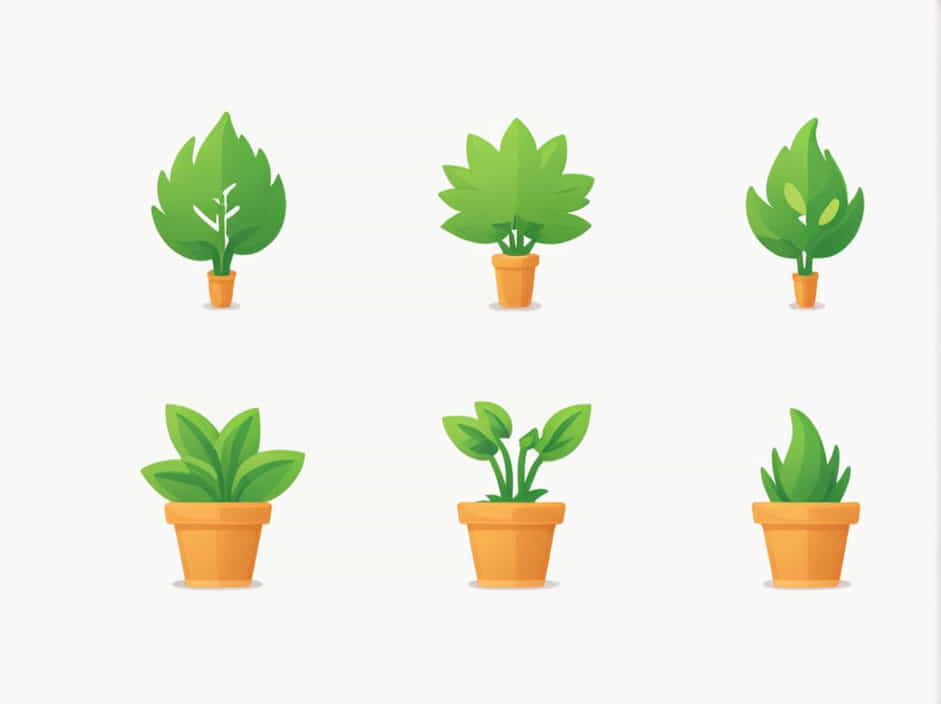Plants have evolved in various ways to survive, and some have developed parasitic relationships with other plants. Partial parasitic plants are unique because they can perform photosynthesis while still relying on a host plant for water and nutrients. One well-known example of a partial parasitic plant is the mistletoe (Viscum album).
Understanding Partial Parasitic Plants
A partial parasitic plant (also called a hemiparasitic plant) is a type of parasite that depends on a host for water and minerals but can still produce its own food through photosynthesis. Unlike holoparasitic plants, which are completely dependent on their host and lack chlorophyll, hemiparasitic plants have green leaves and can carry out photosynthesis.
Key Characteristics of Partial Parasitic Plants:
- Have chlorophyll and can conduct photosynthesis.
- Attach to a host plant for water and minerals.
- Use a special structure called haustoria to extract nutrients.
- Can be stem parasites (attach to branches) or root parasites (attach to roots).
Mistletoe: A Classic Example of a Partial Parasitic Plant
Scientific Classification
- Kingdom: Plantae
- Phylum: Angiosperms
- Order: Santalales
- Family: Santalaceae
- Genus: Viscum
- Species: Viscum album (European mistletoe)
How Mistletoe Functions as a Partial Parasite
Mistletoe is a stem parasite that attaches itself to trees and shrubs. It absorbs water and nutrients from its host but can still produce its own food through photosynthesis. This ability makes it a hemiparasite rather than a full parasite.
Mistletoe seeds are dispersed by birds, especially the mistle thrush, which eats the berries and spreads the seeds to new host trees. Once the seed lands on a suitable branch, it grows a haustorium, a specialized structure that penetrates the host plants tissue and draws water and nutrients.
Effects of Mistletoe on Host Trees
Although mistletoe does not completely kill its host, heavy infestations can:
- Weaken the tree by reducing its water supply.
- Cause branch dieback, especially in drought conditions.
- Make trees more susceptible to disease and other stress factors.
Other Examples of Partial Parasitic Plants
1. Indian Paintbrush (Castilleja spp.)
- Found in North America, these wildflowers attach to the roots of nearby plants.
- They obtain water and nutrients but still photosynthesize.
- Common in grasslands and meadows.
2. Yellow Rattle (Rhinanthus minor)
- A common plant in European meadows that parasitizes grasses and legumes.
- Helps control dominant grass species, increasing biodiversity.
- Used in conservation efforts to maintain healthy ecosystems.
3. Cow Wheat (Melampyrum pratense)
- A root hemiparasite found in European woodlands.
- Attaches to the roots of nearby trees and shrubs.
- Plays a role in forest ecosystems by influencing plant diversity.
Importance of Partial Parasitic Plants in Nature
Partial parasitic plants play essential roles in their ecosystems by:
- Regulating plant populations Some, like yellow rattle, prevent aggressive species from dominating.
- Supporting biodiversity By modifying plant competition, they create habitats for various insects and animals.
- Providing food for wildlife Birds and mammals feed on their seeds and fruits, contributing to seed dispersal.
Mistletoe (Viscum album) is a classic example of a partial parasitic plant that relies on its host for water and minerals but can still produce its own food. Other hemiparasites, such as Indian paintbrush, yellow rattle, and cow wheat, also demonstrate the fascinating ways plants interact with their environment. These plants may seem like parasites, but they play a crucial role in maintaining healthy ecosystems and supporting biodiversity.
